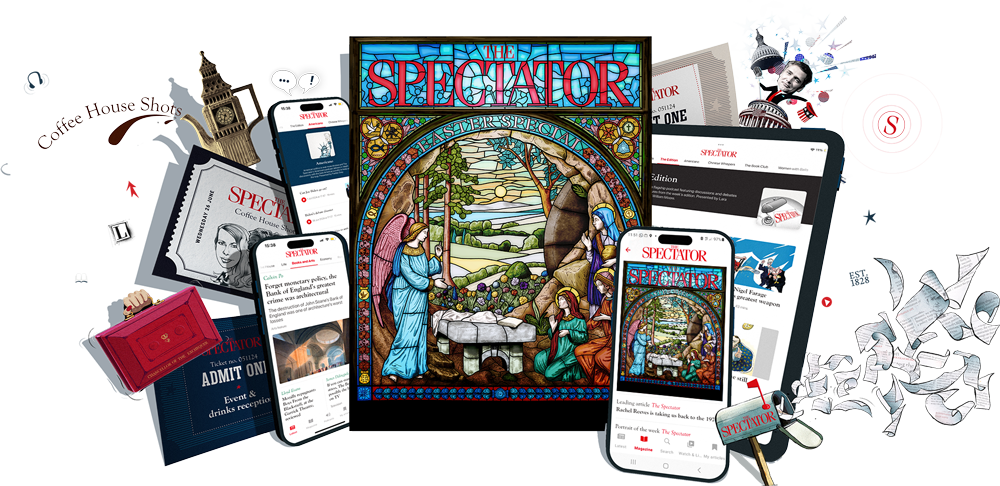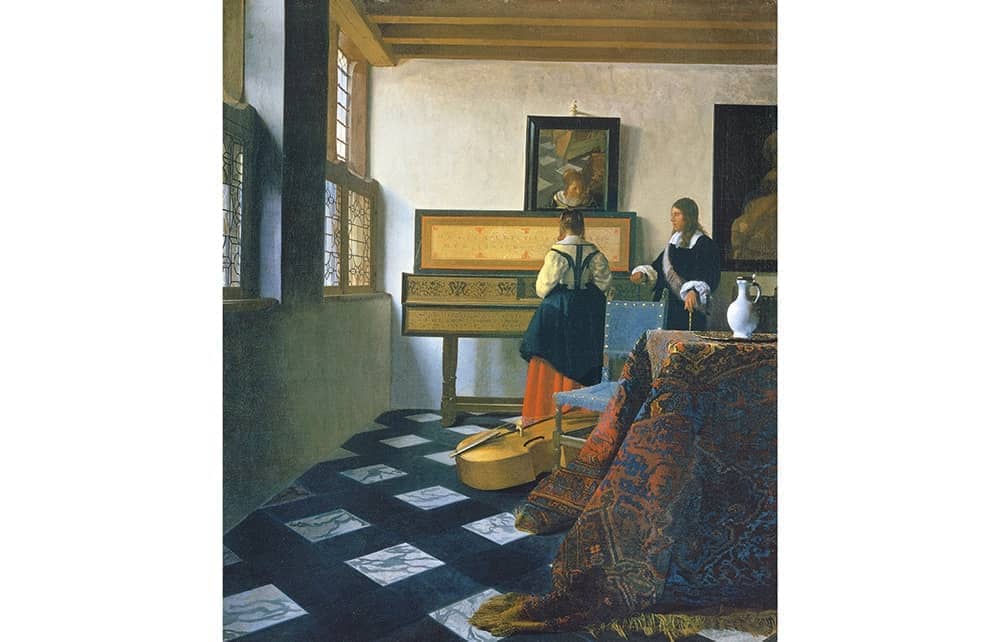The royal collection consists of millions of objects whose purpose and ownership are sometimes obscure. Does the collection serve the monarchy, and if so how? Or is the care of the collection, and of the palaces that contain it, the sacred duty of the Queen? Housed throughout the royal palaces, it includes works held by the Queen in trust for the public as well as those owned personally by Elizabeth Windsor, such as valuable paintings by Monet and Paul Nash that were bought by the late Queen Mother and not taxed as part of her estate.
This is the sort of confusion that needs to be cleared up to prevent the perception that the royals act in their own narrow interest when it suits them, a necessary step in the post-Prince Andrew era.
But aside from bickering over a handful of paintings acquired in the 20th century, there are bigger questions. Among the millions of objects, from arms and armour to teacups and saucers, are a group of outrageous masterpieces. Desmond Shawe-Taylor, the last surveyor of the Queen’s pictures, described an exhibition of works from Buckingham Palace currently on view in the Queen’s Gallery at Holyroodhouse as ‘a generational chance to see in ideal gallery settings some of the greatest paintings in the history of art’.
Among the millions of objects, from armoury to teacups, are a group of outrageous masterpieces
The Royal Collection Trust was created in the aftermath of the Windsor fire of 1992, when the costs of restoring the building were met, in part at least, by selling tickets to visit the royal palaces. The need to raise money to spend on the palaces led to an opening up. At the same time the new income allowed long-overdue investment in the presentation of the collection. By the time of the Queen’s Golden Jubilee in 2002, the Queen’s Gallery at Buckingham Palace had been built to put on exhibitions drawn from the royal collection, which has embraced the digital age with an outstanding website.
When the art is displayed in the gallery, it shines like Cinderella at the ball.








Comments
Join the debate for just £1 a month
Be part of the conversation with other Spectator readers by getting your first three months for £3.
UNLOCK ACCESS Just £1 a monthAlready a subscriber? Log in